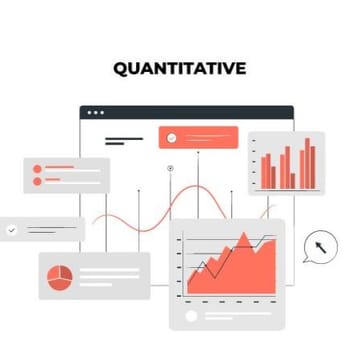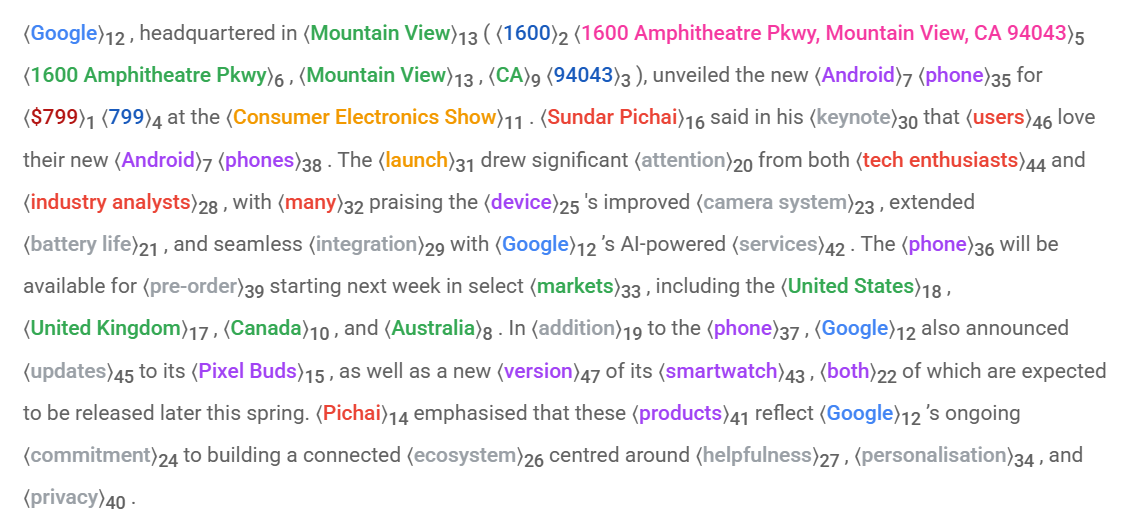Introducing poltextLAB QuantiCheck: A Custom GPT for Evaluating Quantitative Research Rigour
In our earlier posts, we explored how useful existing Custom GPTs are for academic tasks and explained how to create your own GPT from scratch. This follow-up post puts those insights into practice by introducing QuantiCheck—a Custom GPT we developed specifically to assess the methodological rigour and reproducibility of










